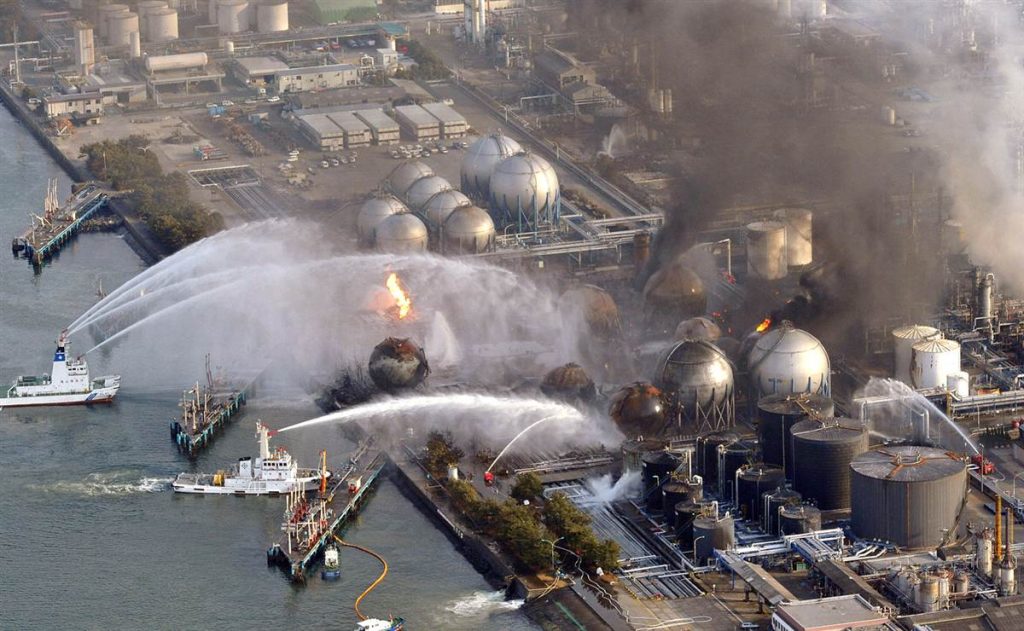10 Nuclear Disasters and Radioactive Incidents
Have you heard of the film “Hills Have Eyes”? Or the popular “Wrong Turn” film series? Villains from those movies are all believed to be victims of nuclear and radioactive disasters that mutated their ancestors’ genes resulting in scary carnivorous-eating human beings. Whether these incidents are true to alter genes and destroy neurological aspects of humans, one thing is for sure, nuclear disasters and radioactive incidents are true to life events and we do not want them to see flashing on the news screen. In this article, we listed down the top ten nuclear and radioactive disasters you might not know happened.
Here are the top 10 nuclear disasters and radioactive incidents.
- Chernobyl, Ukraine (1986)
On April 25 and 26, 1986, the greatest nuclear disaster in history occurred when a reactor at a nuclear power station exploded and burned in what is now northern Ukraine. Scientists believe that the zone around the defunct factory would be uninhabitable for up to 20,000 years after more than 30 years. The tragedy occurred near Chernobyl, in the former Soviet Union, which invested substantially in nuclear power after WWII, and which began installing four RBMK nuclear reactors at the power plant in 1977, just south of what is now Ukraine’s border with Belarus. V.I. was scheduled for routine maintenance on April 25, 1986. The fourth reactor of the Lenin Nuclear Power Station was shut down, and employees planned to use the time to see if the reactor could still be cooled if the plant lost power. During the test, however, personnel disobeyed safety regulations, and the plant’s electricity surged. Despite attempts to completely shut down the reactor, a power surge within set off a chain reaction of explosions. Finally, the nuclear core was exposed, resulting in the release of radioactive material into the atmosphere. Publicizing a nuclear disaster was thought to be a major political risk, but it was too late: the meltdown had already dispersed radiation as far as Sweden. Up to 30% of the 190 metric tons of uranium released at Chernobyl was now in the atmosphere. After evacuating 335,000 people, the Soviet Union established a 19-mile-wide “exclusion zone” surrounding the plant. At the time of the tragedy, at least 28 people had perished and more than 100 had been injured. Although some scientists have disputed the assertion, the United Nations Scientific Committee on the Effects of Atomic Radiation estimated that more than 6,000 children and adolescents acquired thyroid cancer after being exposed to radiation from the incident. According to international studies, around 4,000 persons exposed to high levels of radiation would eventually succumb to radiation-related cancer, while approximately 5,000 people exposed to lower levels of radiation will succumb to the same destiny. However, the accident’s full ramifications, including the impact on mental health and even future generations, are still being disputed.



 Chernobyl Nuclear Disaster
Chernobyl Nuclear Disaster



